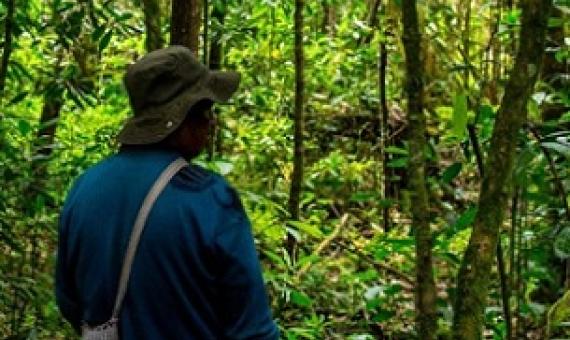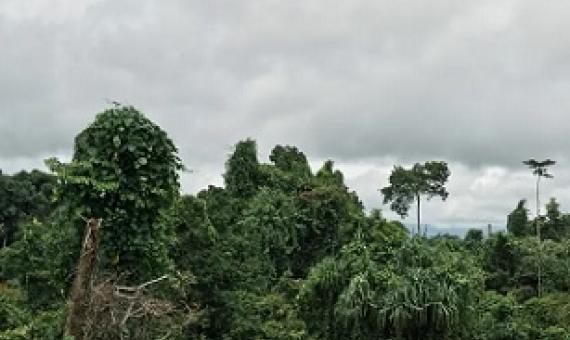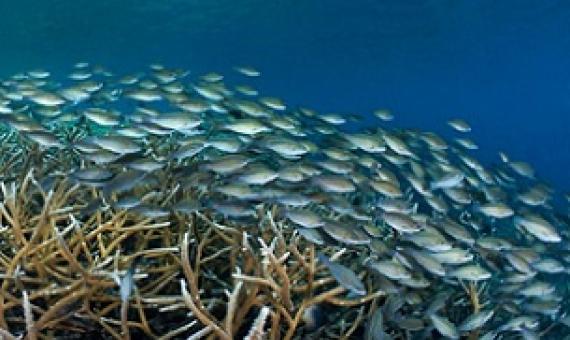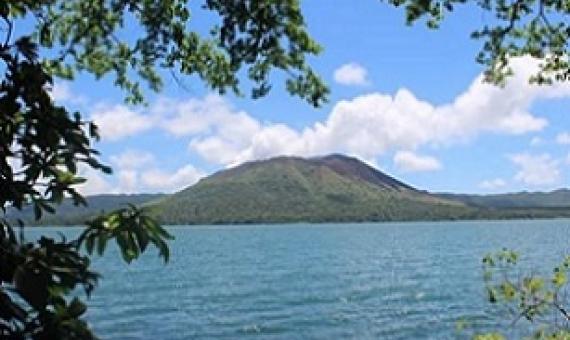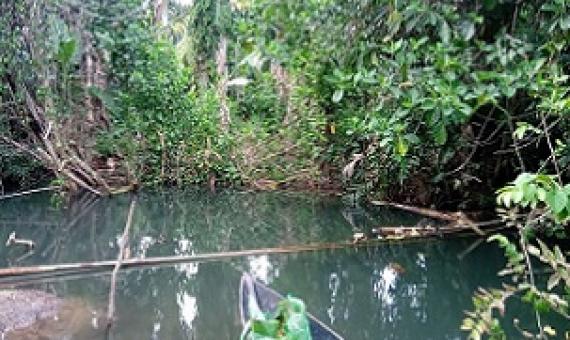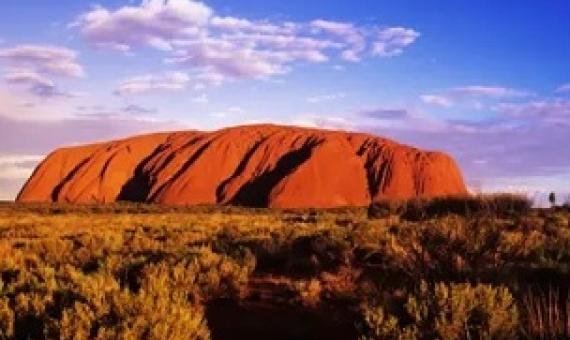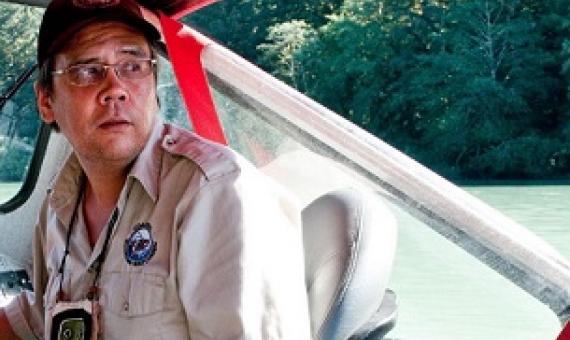In a new study, more than 50 researchers conducted a review comparing the effectiveness of state-managed protected areas and areas managed by Indigenous peoples and local communities.
Today, in the Highlands of Papua New Guinea (PNG), Indigenous landowners of the Inaugl tribe have joined their neighbours in the Bismarck Forest Corridor to commit to legally protecting 12,241 hectares (46.3 square miles) of forest under a conservation deed.
A new study of the Mesoamerican Reef in the Caribbean found that marine protected areas (MPAs) are not only beneficial for conservation but can also lift up the socioeconomic status of the local and Indigenous communities that live near them.
Vanuatu’s biggest lake on Gaua Island in TORBA Province, Lake Letes, has been formally registered by the Government of Vanuatu as a Community Conservation Area.
First Nations in the Great Bear Rainforest and Haida Gwaii of Canada, have successfully invested in conservation initiatives that have benefited ecosystems while also increasing communities’ well-being over the past 15 years, a recent report shows.
This week the UK government is holding a meeting to discuss generating more finance to conserve and restore nature.
A Tribe on Vella, Western Province has opted for carbon trading instead of logging their land for commercial gain.
A ceremony near the remote community of Tjuntjunjara has celebrated the dedication of Anangu Tjutaku Indigenous Protected Area, Australia’s third largest Indigenous Protected Area.
Participation, not penalties: Community involvement and equitable governance contribute to more effective multiuse protected areas
Accelerating ecosystem degradation has spurred proposals to vastly expand the extent of protected areas (PAs), potentially affecting the livelihoods and well-being of indigenous peoples and local communities (IPLCs) worldwide. The benefits of multiuse PAs that elevate the role of IPLCs in management have long been recognized. However, quantitative examinations of how resource governance and the distribution of management rights affect conservation outcomes are vital for long-term sustainability.
The North American model of wildlife conservation originated in the United States in the 19th century and has influenced conservation efforts around the globe ever since.

